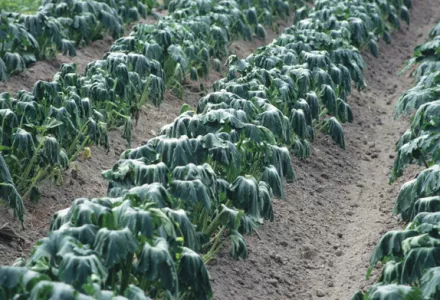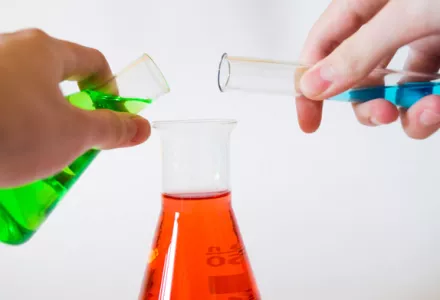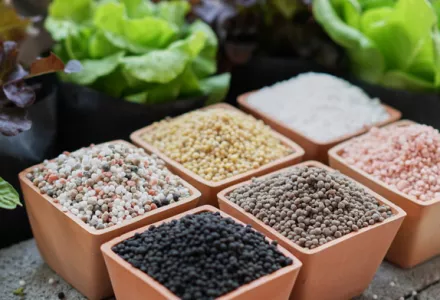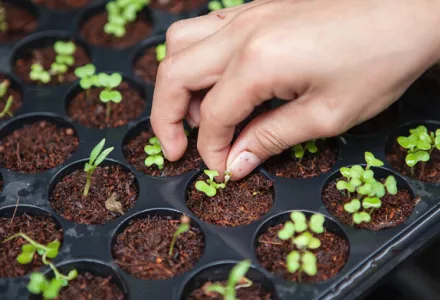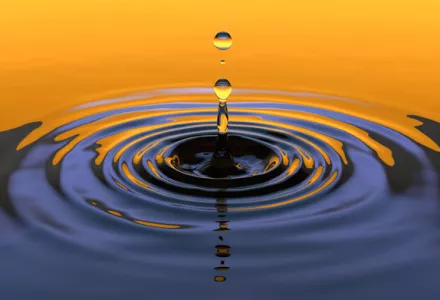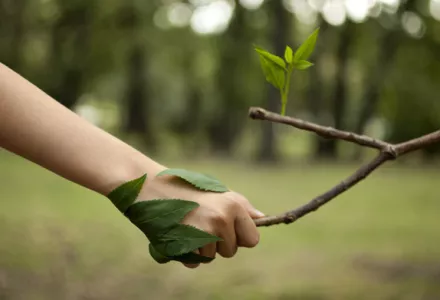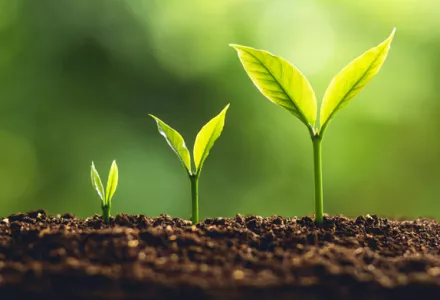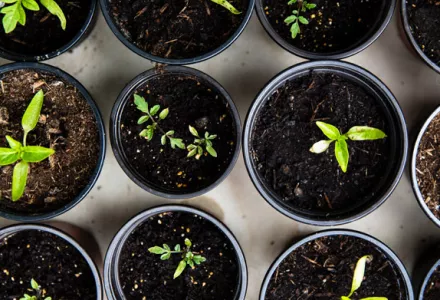Before starting to grow indoors you really do need to think about what you want and above all about what’s possible. Things you need to think about include how much to invest in plant materials and cultivation equipment such as plant food, lamps and ventilation. Do you want to grow indoors or outdoors? Which plant/variety do you want to use and what kind of yields/crop do you have in mind? What stock material are you going to use? How much space do you have available for the crop? How many plants per square metre? Which growing medium are you going to use?
So there are quite a few points you need to watch and they’re all interconnected. Give it a bit of thought so that whatever you choose will be more realistic and there’s a better chance you won’t find yourself stuck with unpleasant surprises.
Seeds
You generally buy seeds if you decide you want to select a mother plant that you will then take cuttings off yourself. You need to make sure you choose healthy seeds.
Some seeds you can buy are what you call hybrid seeds. Hybrids are a cross between a number of varieties of the same crop. If these hybrids then get cross-bred again, you often get plants you can’t get a decent crop out of.
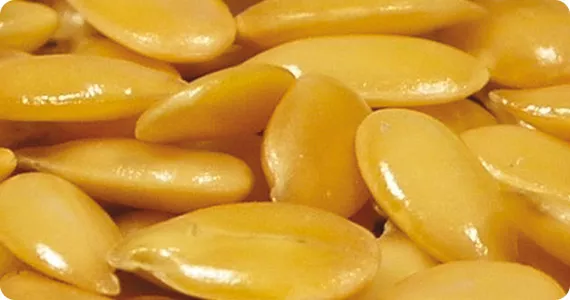
There are a number of ways of getting seeds to germinate, but you’re best off doing that indoors because that’s where the environment is better protected. A seed needs to absorb water before it can germinate. Then biological processes get to work inside the seed and it comes, as it were, to life.
One way of doing this is to put the seed in a glass of mineral water (if seeds are large enough). When a root tip starts to sprout put the seed on a piece of damp kitchen paper. How long it takes before the seed starts to sprout varies per variety and depends on the age of the seed.
Always make sure that the seeds are well ventilated. This helps prevent fungus. After a day the seeds are ready to be placed in their growing medium. Place them 2,5 times the seed height under the surface (e.g. if seed is 2mm place 5mm under the surface). Make sure the humidity is sufficiently high, but remember too that the area around the seeds mustn’t be too damp. So go easy on the watering.
When the first real leaves appear on your plants you can start giving some fertiliser. The fertiliser concentration mustn’t be too high: don’t go beyond an EC level of 1.2, depending on the hardness or EC of the water. Keep the temperature between 20°C and 25°C. Ideal humidity at this stage is between 60% and 70%.
As well as fertiliser, the light spectrum given out by your grow lamps also has a considerable influence on the way your plants grow. The blue part of the spectrum is what gets the plants to grow widthways rather than lengthways. This allows you to get robust plants before they start to flower. We call it pregrowing if you start growing plants in one area before moving them into another to flower. Again, this encourages robust plants that pick up strength faster and that can be readied for flowering straight away. Other advantages include less wastage and more frequent harvesting. You normally use fluorescent lighting in the pregrowing stage. This light is easy and inexpensive and a further advantage is that the lamps can be set close to the plants so you don’t need much room or any expensive arrangements like vents to draw off the air.
The reflectors for your lighting get dirty as time goes by. Clean them regularly. Research shows that light yields drop by 20% pretty quickly!
Cuttings
Buying cuttings instead of seeds has a number of advantages. First of all the plants have already grown a bit, which means that they’re not just stronger but you can harvest them earlier. You’ll also know more about your plant, because genetically it’s identical to the mother plant from which the cutting has been taken.
If you have a good mother plant of your own you can take cuttings yourself. Take cuttings from young, vigorous parts of the plant. Cut a piece off that’s between 5 cm and 15 cm long just above an axillary bud where the stem is between 2 mm and 5 mm thick. The cutting shouldn’t have too much leaf because otherwise it’ll dry out too quickly – it can’t absorb water easily without roots. Remove any excessively large leaves so that the cutting looks like a small plant.
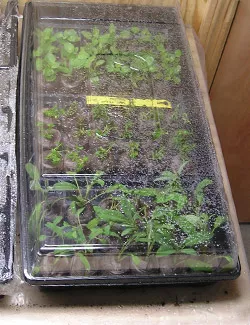
Cut the stalk diagonally. Try to maximise the area of the cut. If you’re not transferring the cutting straight away to the growing medium it’s a good idea to put it in a glass of water. It won’t dehydrate but you’ll also ensure that air bubbles don’t get sucked up the stalk which will block the passage of the sap. Dip the end of the cutting in rooting powder/liquid and make sure to get rid off any excess. Ensure that the growing medium is nice and damp. Place the growing medium in a closed off area, a seed box say, and start giving it some water as a fine spray. Make sure you don’t keep humidity constantly too high.
After a week or two the first little roots start appearing. The cuttings have now turned into little plants and are ready to be transferred to another medium with more space for growth.
Tip female plants?
Some plants have different male and female plants, like the hops you need for brewing your own beer. If you’ve grown a healthy plant from seed but you’re not sure whether it’s male or female, you can take a cutting to find out. Place the cutting apart and force it to flower by reducing the hours of light from 18 to 12 each day. See if it will start to flower!
Growth
When your plant has thrown out enough roots it starts to grow. A plant grows because the cells in the growth areas divide and because the cells that have already been formed, swell up with water. The plant is now using a lot of water and nutrients, above all nitrogen. In order to make the best use of these nutrients and the water the plant requires a lot of light.
Although the plant continues to grow when it comes into bloom, many growers get their plants to go through a pregrowing phase first. The longer this period lasts, the longer it takes before any harvesting. But on the other hand the plant has so much more time to develop branches, this increases its resistance to disease and defects, and also it can provide a bigger crop later. Allowing your plants a one week pregrowing phase will make them strong and robust.
Flowering
Even before there’s anything visible on the outside of the plant, at a certain point a switch starts to take effect within the plant. This is the switch that marks the start of the flowering phase; the first cells are formed that later make up the flowers. In annual plants this switch is activated by the days growing shorter. If you’re growing indoors you can decide yourself when the switch will happen by reducing the hours of light to 12.
Light that is more to the red end of the spectrum, such as light from sodium lamps, influences this switch and stimulates longitudinal growth and root development. These lamps need to be suspended at a greater distance from the plants because they give out more heat. Many growers use combinations of lamps. During this period you need to make sure the plant remains undisturbed when in the dark period because this will extend the flowering period.
It is a good idea to keep the humidity (around the heads) at below 60% to prevent fungi such as Botrytis taking hold in the fruits or flowers. But it’s best to keep it above 50% to avoid spider mite.
Now that the plant has moved into the flowering phase (which lasts for at least 2 months), the plant’s nutritional requirements change. Its need for nitrogen (N), which was the primary nutrient during the growing phase, comes down but its need for potassium (K) and phosphorus (P) rises markedly. Stop giving fertiliser between 1 and 2 weeks before the harvest, as the plant’s ripening process nears completion.
It’s important that the young flowers do not get fertilised so that no seeds get formed. Plants have a tendency to put all their energy into the seeds, so they can procreate of course. Remove flowers in the shade because these are virtually worthless, they just siphon off energy from the main crop. But never remove any leaves that are shaded. These generate the energy the heads need for their development.
When your crop is ready for harvest depends on the crop grown. Often crops are harvested too early. Affecting yield, taste and flavours!

